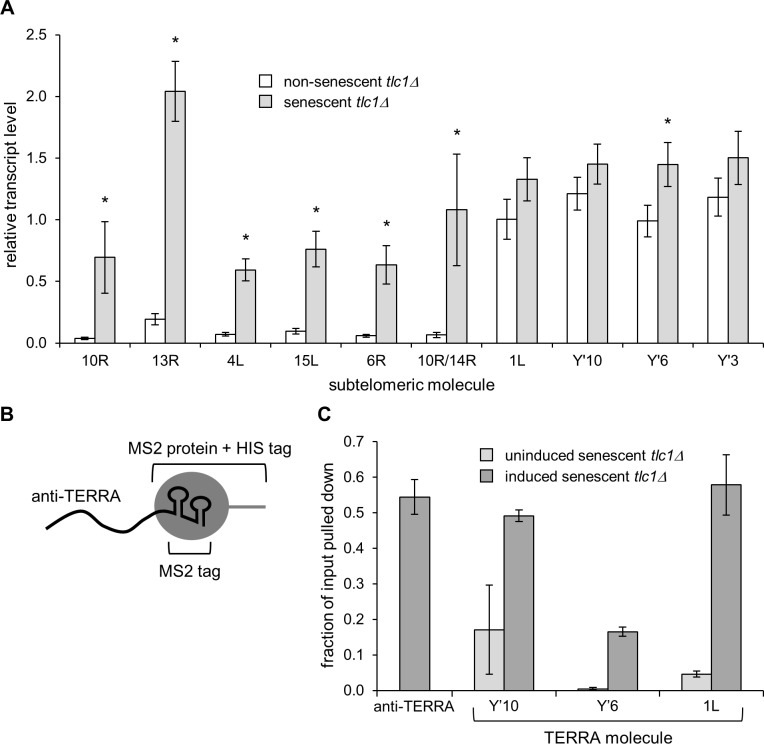Fig 1. Anti-TERRA RNA binds TERRA in vivo in senescent tlc1Δ mutants.
(A) Transcripts from multiple telomeres increase at senescence. Deletion of the telomerase RNA template, TLC1, causes telomeres to shorten until they undergo senescence. Transcript levels from the indicated telomeres of cells with longer telomeres (non-senescent tlc1Δ) versus cells with shorter telomeres (senescent tlc1Δ) were measured by qRT-PCR and normalized to housekeeping genes (see Materials and Methods). Error bars are the SEM (n = 9). p values ≤ 0.05 are indicated by an asterisk. (B) Anti-TERRA was fused to an MS2 RNA tag and was pulled down from senescent cell extracts using a 6X-His tagged MBP-MS2 coat fusion protein. (C) Anti-TERRA efficiently pulls down native TERRA in vivo. Bar graphs represent the average qPCR-based measurements of the fraction of total cellular anti-TERRA that is pulled down and the fractions of total cellular TERRA from particular telomeres that are pulled down along with anti-TERRA. n = 3 independent experiments. The fraction of anti-TERRA that is pulled down (~55%) is a control that reflects the maximum achievable efficiency of TERRA that could be pulled down along with anti-TERRA if all TERRA molecules are bound by anti-TERRA. The low levels of TERRA recovered in samples from cells in which anti-TERRA is not induced demonstrates the dependence of the TERRA detection on the expression of anti-TERRA.

